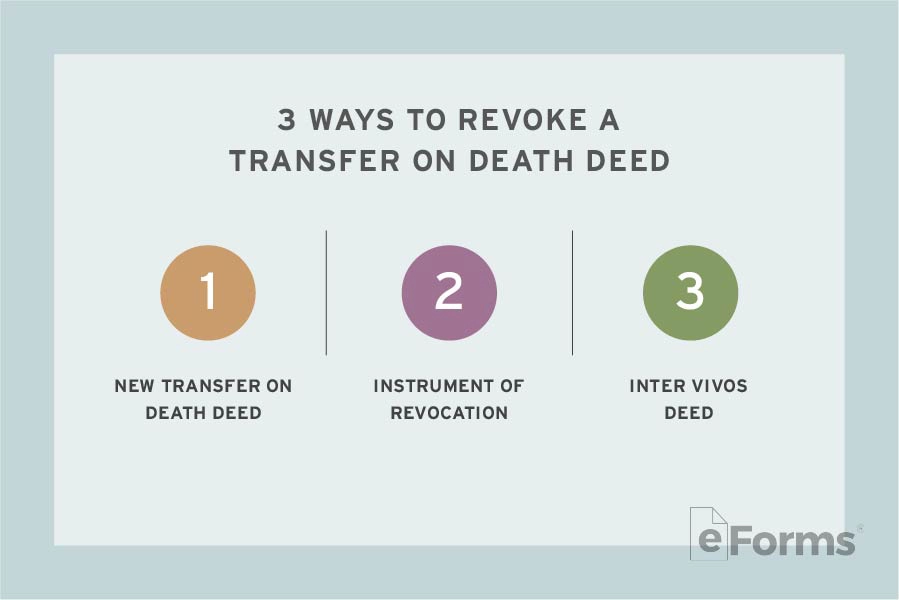Updated April 12, 2024
A West Virginia transfer on death deed is a document that allows a person to transfer ownership of their real property to a designated beneficiary, effective at the time of their death. This method avoids the lengthy probate process and allows a simpler and quicker transfer. Once recorded, a transfer on death deed can be revoked or changed by the transferor while they are still alive.
Table of Contents |
Requirements
- Notary: Required.[1]
- Witnesses: Not required
- Recording: Must be recorded before the transferor’s death in the office of the clerk of the county commission in the county where the property is located.[2]
- Property: May only be used to convey real property in West Virginia.[3]
Legal Description
This is a required section in a transfer on death deed. A legal description of real property provides its precise location using a plat map, which divides the surveyed land of a county into identifiable lots and blocks.
A legal description of real property can be found on the property deed or in the public records of the clerk’s office of the county commission local to the property.
Example
“Being all of Lot 13 in Block B of the Oakwood Hills Subdivision, as shown on the plat thereof recorded in Plat Book 3, at Page 22, in the Office of the Clerk of the County Commission of Jefferson County, West Virginia, to which plat reference is hereby made for a more complete description.”
Revocation

In West Virginia, a transfer on death deed can be revoked by using one of the following documents:[4]
- A transfer on death deed that revokes the deed or part of the deed expressly or by inconsistency
- An instrument of revocation that expressly revokes the deed or part of the deed
- An inter vivos deed that expressly revokes the transfer on death deed or part of the deed
To be effective, the document used to revoke the deed must be acknowledged and recorded by the transferor before their death at the clerk’s office of the county commission local to the property.
How to Record
To properly record a transfer on death deed, the transferor must complete and acknowledge the document and submit it to the office of the clerk of the county commission where the property is located. Follow the instructions provided by the clerk and pay the recording fee, which varies by county.


